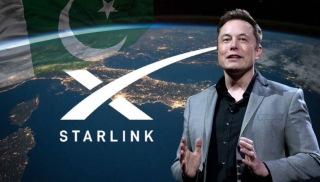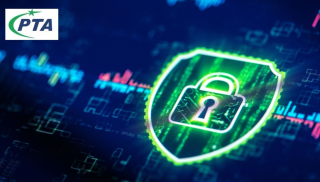In recent years, social media influencers have risen to prominence as a preferred choice for marketers aiming to swiftly connect with millions of potential consumers. This surge in influencer popularity has propelled spending in the realm of influencer marketing to unprecedented heights. Data from OnlyAccounts.io highlights that an astonishing $90 billion (£71 billion) has been allocated to influencer advertisements over the last half-decade.
The Growth Trajectory of Influencer Ad Spending: A 400% Surge Since 2017
The allure of influencer marketing lies in its efficacy. The strong rapport between influencers and their followers facilitates heightened brand recognition, expanded outreach, increased web traffic, and sales augmentation, all while fostering better engagement. Additionally, precision in targeting and meticulous performance tracking contribute to enhanced investment returns for each marketing campaign. According to the State of Influencer Marketing 2023 report, approximately 40% of brands engage with up to 10 influencers.
With marketing budgets experiencing rapid growth and marketers witnessing substantial returns coupled with heightened consumer trust, total expenditures on influencer ads have surged during the preceding five years. A Statista survey reveals that in 2017, brands and companies collectively invested roughly $6 billion (£4.7 billion) in influencer advertising. Fast forward three years, and this figure surged to surpass $16 billion (£12.6 billion). The most substantial year-on-year expansion occurred in 2021, with annual expenditure on influencer ads leaping nearly 40% to reach $22.3 billion (£17.6 billion).
Even in the face of a decelerating market expansion, companies allocated an additional $26.3 billion (£20.7 billion) towards influencer advertising in the previous year. Statista projects this figure to grow by 17% to $30.8 billion (£24.3 billion) in 2023, signifying a staggering 400% surge since 2017. By 2027, total ad spending within the influencer marketing domain is anticipated to approach $48 billion (£37.8 billion).
Two-Thirds of Ad Spending Originates from Chinese, US, and UK Brands
While influencer ads are utilized by brands across the globe to showcase their offerings, a majority of the expenditure hails from a trio of nations. Leading the pack is China, boasting the world’s largest and fastest-growing influencer advertising sector. Between 2017 and 2022, Chinese brands committed an impressive $49 billion (£38.6 billion) to this form of advertising—significantly surpassing other countries. Statista’s projections indicate an additional increase of $16.7 billion (£13.2 billion) in Chinese influencer ad spending for 2023.
The United States, home to the second-largest global influencer advertising market, is poised to observe total ad spending of nearly $5 billion (£3.9 billion) in 2023. Brands in the US have already expended $15.7 billion (£12.4 billion) over the past five years. Following closely, the UK registers a five-year influencer ad spending figure of $2.8 billion (£2.2 billion), with an anticipated additional investment of $1 billion (£7.9 million) in influencer ads for the current year.
Remarkably, these three nations collectively contribute to two-thirds of the entire ad spending landscape in the realm of influencer advertising.
The meteoric rise of influencer marketing signifies a seismic shift in the advertising landscape. This transformation stems from the personalized and relatable nature of influencer content, which resonates with audiences on a deeper level than traditional marketing methods. The genuine authenticity that influencers bring to the table allows brands to establish meaningful connections with consumers, fostering trust and loyalty. As the industry continues to evolve, marketers are not only capitalizing on influencers with large follower counts but also micro-influencers who cater to niche audiences. This diversification broadens the scope of influencer marketing, enabling brands to tap into specialized communities and create highly targeted campaigns.
Nevertheless, as influencer marketing continues to flourish, there are challenges to navigate. The authenticity that makes influencer collaborations effective can sometimes be jeopardized when brands exert too much control over the content, leading to skepticism from the audience. Striking the right balance between a brand’s message and an influencer’s unique voice is crucial for maintaining credibility. Additionally, with the exponential growth in influencer collaborations, issues related to transparency, disclosure, and regulatory compliance have emerged. Regulations regarding sponsored content vary across jurisdictions, underscoring the need for both influencers and brands to prioritize ethical and legal considerations.












